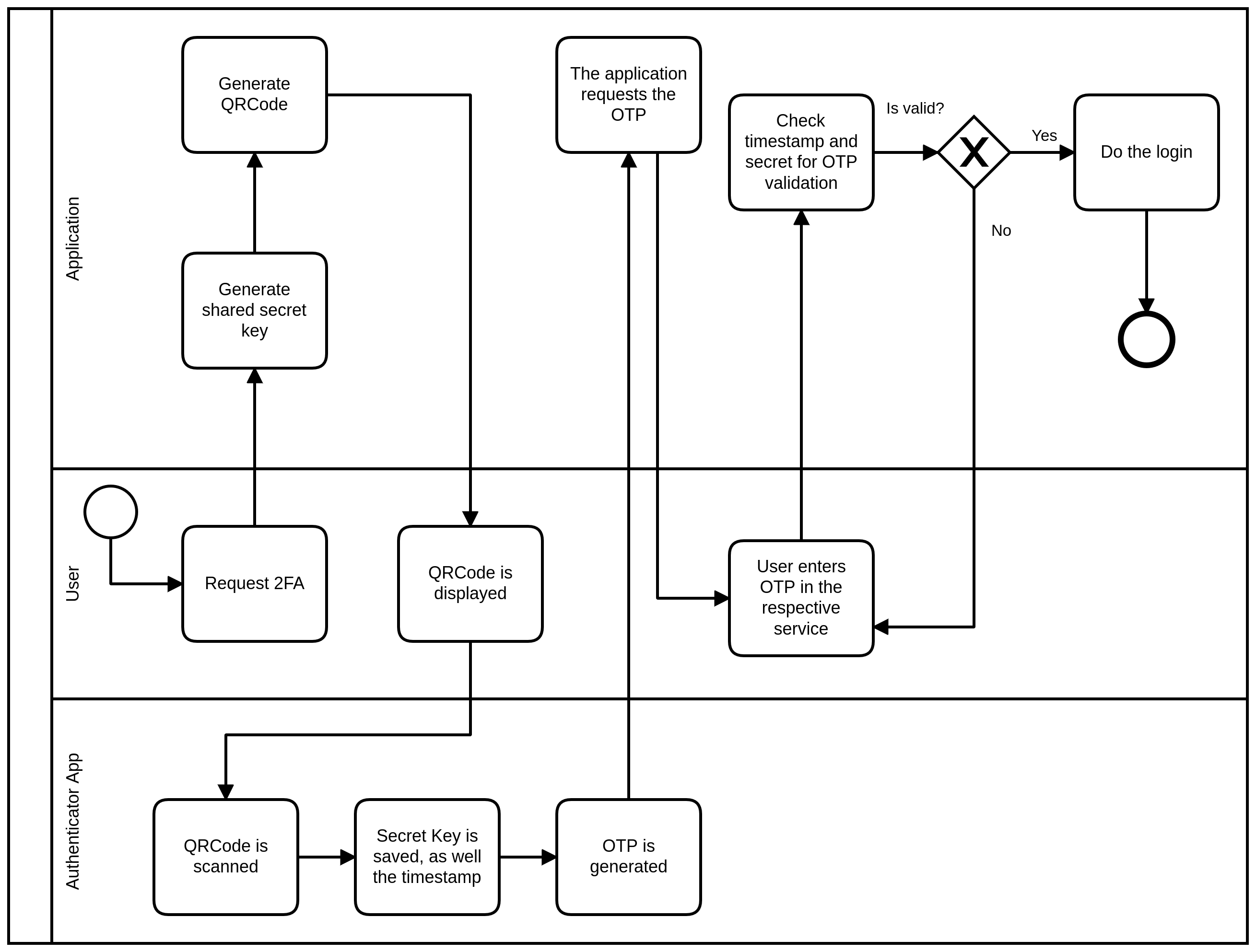
Proof of Concept: 2FA in Django with TOTP
🔒 Introduction
The otpauth repository is a proof of concept (POC) that demonstrates how to integrate Two‑Factor Authentication (2FA) using Time‑based One‑Time Passwords (TOTP) into a Django application.
It leverages the pyotp library to generate and verify time-bound OTPs, providing an extra layer of security on top of the traditional username/password login flow. The project also customizes the Django admin interface to manage 2FA settings, making it easy to integrate into existing Django apps — especially admin panels or internal tools that need additional protection.
📁 Project Structure
The repository includes the following components:
otpauth/: Django app containing models, views, forms, and core logic for OTP integration.custom_admin/: Admin customizations to manage OTP settings and enable 2FA per user.templates/: HTML pages for OTP enrollment, QR code display, and verification.manage.py&requirements.txt: Typical Django project files and dependencies.
✅ Setup Instructions
To run the POC locally:
- Create a virtual environment (Python 3.x recommended)
-
Install dependencies:
pip install -r requirements.txt -
Run migrations and create a superuser:
./manage.py makemigrations ./manage.py migrate ./manage.py createsuperuser -
Start the development server:
./manage.py runserver - Access Django Admin at
http://127.0.0.1:8000/admin/, enable 2FA for a user, and log in to test OTP flows.
🧩 Core Components
-
pyotp Integration: The
pyotplibrary is used to generate and validate TOTP codes using a shared secret between the server and the user’s authenticator app. -
Secret Generation & Storage:
- A random base32 secret is generated using
pyotp.random_base32() - The secret is securely stored in the user profile or a dedicated OTP model
- A QR code is generated and rendered via templates to simplify enrollment with apps like Google Authenticator or Authy
- A random base32 secret is generated using
📈 Flow Diagram Summary
The diagram below illustrates the 2FA flow, from secret generation to OTP verification during login:

🔧 Next Steps (Optional Enhancements)
This POC can be extended with the following improvements for real-world use:
- Add backup codes for recovery
- Enforce OTP validation across all login endpoints using middleware
- Integrate support for WebAuthn or hardware-based tokens
- Secure the QR code endpoint with permissions or CSRF protection
🛡️ Disclaimer
This implementation is intended as a learning resource and starting point. Additional hardening is required before deploying it in production environments, such as rate-limiting login attempts and encrypting stored secrets.
